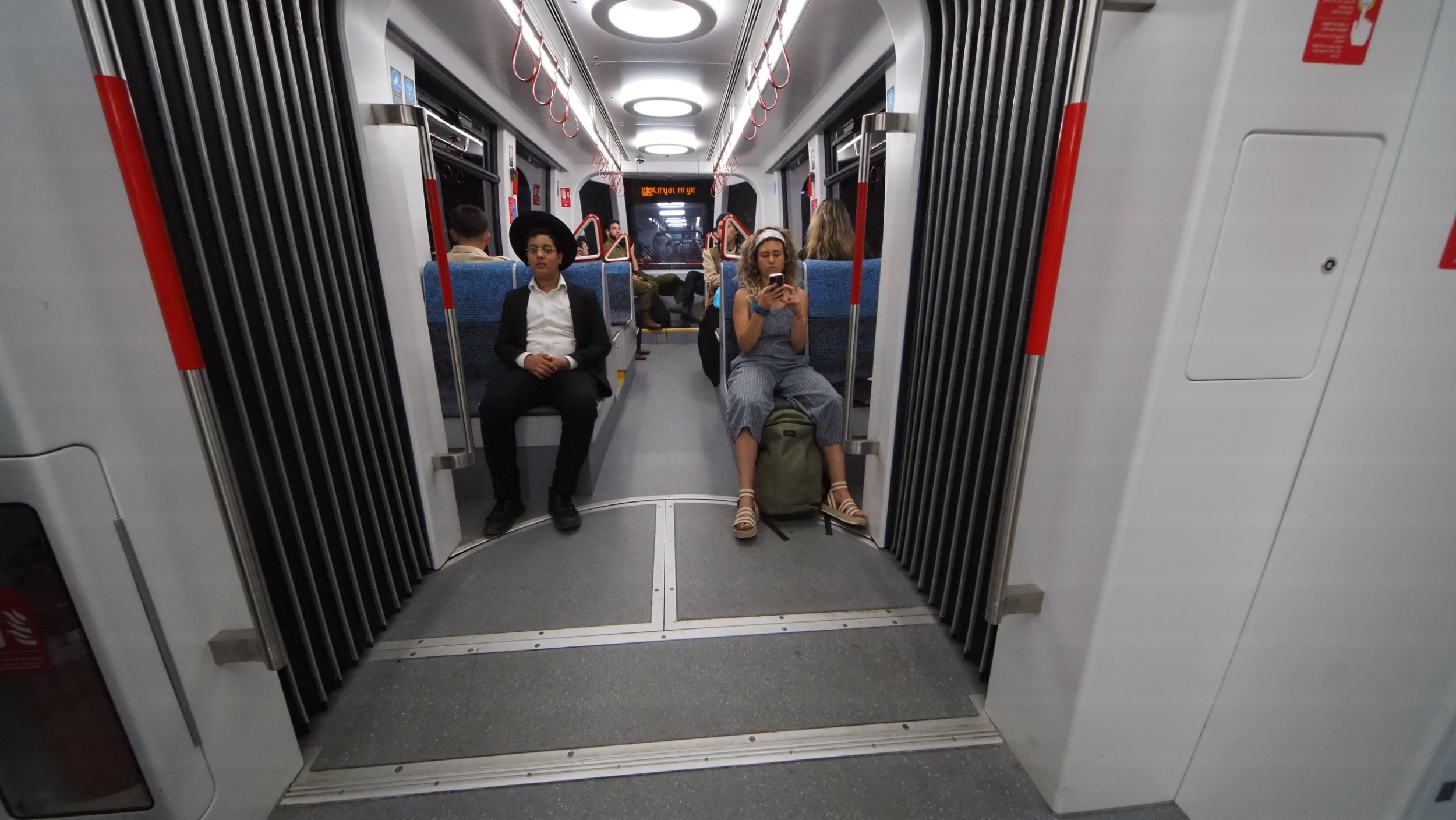Street/Urban Landscape by Jeff Rothstein
Jeff Rothstein has been capturing the essence of New York City's streets for many decades using 35mm cameras and black and white film. He sees himself as an urban observer, seizing the city's atmosphere and the transient moments that will soon vanish. His photographs have been showcased in various publications, and he published a photo book titled "Today's Special, New York City Images, 1969-2006" in 2017, which is now present in numerous institutional libraries. Art historian and critic Robert C. Morgan commends Rothstein's photos for their casual appearance that conceals a profound sense of closeness infused with historical understanding. Rothstein continues to photograph his hometown almost daily and is currently preparing for a sequel to his photobook.
When I stumbled upon Jeff's old photos, I was captivated by his stories, possibly because of an age-related connection. I found myself comparing his old photos with his current digital shots, intrigued by how he had adapted to the technological change. Despite the shift to digital, Jeff's photography style remains unchanged; he is a photographer who doesn't heavily edit his images in search of a specific look. He treats digital photography as if it were analogue. The most remarkable change is in the urban environment, which becomes evident through Jeff's photography, prompting us to contemplate the potential future.
When I’m out shooting, I try to catch a particular moment in time before it’s gone for good. There’s always the chance that something can happen anytime, so I’m alert for anything that catches my eye. I love the rhythm of the streets and the randomness of it all. Besides candid shots of people, I shoot the urban environment – structures, walls, posters, ads, architectural details. I generally don’t like to define myself, but, if pressed, maybe street/urban landscape will do.
My main love has been B&W film, though I have shot many color chromes in the past. To me, b&w is a bit more mysterious and abstract. It has more of a timeless feel. It’s more about the subject and composition because there’s no color to help the image. I like the tactile, tangible aspect of the film. I kind of dig the imperfections of film. Grain is good. Noise is bad. That being said, I've also been shooting a lot of color for the past few years. I use an older digital point and shoot and I'll decide which images to convert to black and white when I go over the files. Personally, a digital image with lots of megapixels is a little too perfect for my taste.. It's a bit sterile. My old Canon digital has a very filmlike sensor, When putting together my photobook, Today’s Special, New York City Images 1969-2006, I made sure that the photos, the majority of which were shot in the 70s, 80s and 90s, actually looked like they were taken then. Just very minimal post processing of the files. I didn’t want them to look like they were taken by a high-res DSLR.
It’s still a thrill to look at a contact sheet. And my main backup are my negatives. They’ll outlive me. As I’ve gotten older, I try not to have many high expectations when I’m out on the streets. Shooting candids of people is mostly about failure anyway. Too many variables can ruin the shot. I try to be as unobtrusive as possible. Most of the images in this article were shot with slrs, but for the past few years I’ve been shooting a lot with compacts and ignoring the viewfinder.
When I started out in photography, very few people were walking around with cameras. People are now more suspicious of cameras because of social media, especially if kids are involved. I also find it harder to shoot on the streets compared with the past because everyone is now staring at their phones. Hard to capture a good expression when someone’s head is down.
The city’s really changed over the decades. It’s a much kinder and gentler place to live. The trade-off for a photographer is that it used to be more interesting to shoot in a grittier city. I’m really not complaining. The excitement and vibrancy is definitely still there. If you’re shooting the streets, you couldn’t be in a better place than NYC.
I’ve been photographing my hometown, New York City, for many, many years.
To put things in perspective, the Beatles were still making music when I bought my first “serious” camera.
I was mainly shooting sports at the beginning, but soon started hitting the streets in earnest.
Rothstein's photo series "Today’s Special" departs from the typical chronological narrative. The author deconstructs and reconstructs street images, altering their meanings and departing from traditional narratives. The images convey a poetic display full of excitement and carefree abandon, with hints of sorrow or subtle touches of despair. This emotional undertone is a recurring theme in the collection, chosen by the perceptive photographer for this book.
Today’s Special: New York City Images 1969-2006. Coral Press Arts,



























































